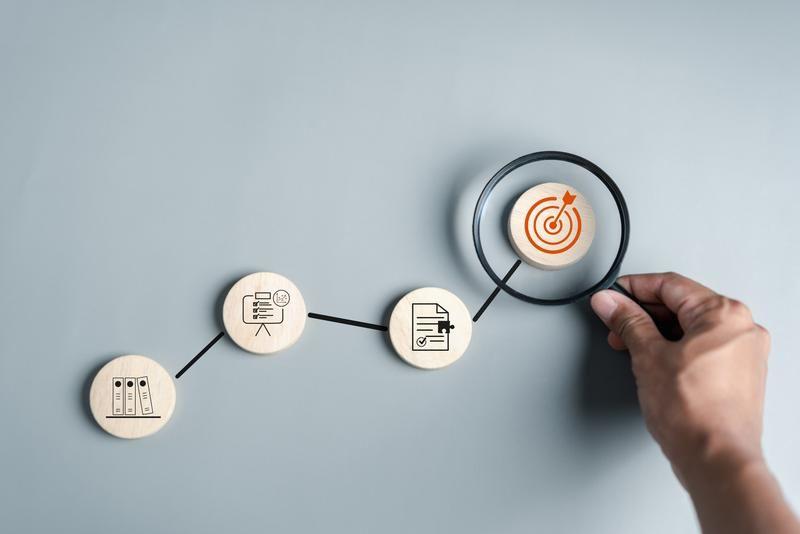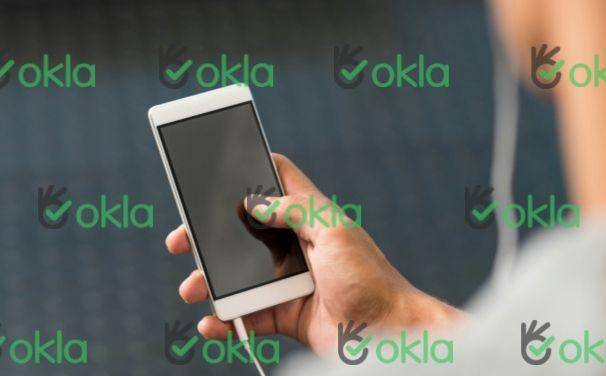What is Adobe Experience Manager (AEM)

LIKE.TG 成立于2020年,总部位于马来西亚,是首家汇集全球互联网产品,提供一站式软件产品解决方案的综合性品牌。唯一官方网站:www.like.tg
Adobe Experience Manager (AEM) is not focused on the creation of ads, but rather is a content management system (CMS) and digital asset management (DAM) tool primarily used to build and manage websites, mobile apps, and other digital experiences. While AEM offers rich content and asset management capabilities and the ability to deliver that content to users across multiple channels, it is not a platform designed for ad creation or placement.
Here are some steps and key points if you want to handle ad-related content in an AEM environment:
1. content creation and management:
- AEM allows you to easily create and manage a variety of content required for advertising within its environment, including multimedia elements such as images, videos, text, and more.
- Utilizing AEM's CMS capabilities, you can produce high-quality, brand-aligned content and publish it to different digital channels.
2. Asset Management:
- Use AEM's Digital Asset Management system to organize and store advertising-related assets such as advertising creative and brand assets.
- AEM DAM ensures that these resources are easily accessed and shared to maintain consistency and efficient collaboration on advertising creative.
3. Personalization and targeting:
- With AEM's personalization tools, you can tailor ad content to the needs of your target audience to increase engagement.
- Based on user behavior, historical data, and preferences, AEM allows you to adjust ad content to ensure its relevance and appeal.
4. Multi-channel publishing:
- With AEM, you are able to publish ad content on different platforms and devices, including websites, mobile apps and social media.
5. Data analysis:
- Use AEM's analytics tools to track user reactions to ad content in order to optimize future advertising strategies.
However, it is important to note that while AEM facilitates the management and optimization of ad-related content, the actual delivery of ads is usually achieved through specialized advertising platforms, such as Facebook Ads Manager, Google Ads, and so on. These platforms can be used for the creation and delivery of ads, while AEM can be used to effectively manage the content and assets associated with those ads.
There are key differences between the Facebook AEM program and Facebook ads in general, focusing on content management, personalization, and the overall digital experience:
Content Management and Publishing:
- Facebook AEM Program: Uses Adobe Experience Manager as a comprehensive CMS for creating, managing and optimizing digital experiences, supporting the publishing and updating of content across multiple channels and devices.
- GENERAL FACEBOOK ADS: Focus on creating and delivering specific ad campaigns on the Facebook platform, using Facebook's ad management tools for content management, with a primary focus on ad design, targeting, and delivery effectiveness.
Personalized Experience:
- Facebook AEM Program: AEM offers highly personalized options that allow content and experiences to be tailored based on user behavior, preferences, and historical data.
- GENERAL FACEBOOK ADS: While offering some level of personalization, primarily through targeted audience targeting, these are typically not as deep as the level of personalization offered by AEM.
Integration and Multi-Channel Capabilities:
- Facebook AEM Program: AEM supports multi-channel content distribution and management, and is able to integrate with a wide range of digital platforms and systems to provide businesses with a unified platform for digital experiences.
- General Facebook Ads: Primarily focused on ad delivery and management within the Facebook platform, with relatively limited integration with other channels.
Data analytics and optimization:
- Facebook AEM Program: Provides sophisticated data analytics and reporting capabilities to help companies gain a deeper understanding of user behavior and preferences to optimize their overall digital strategy.
- General Facebook Ads: While also offering data analytics tools, it focuses primarily on ad performance and user interaction.
Cost and resource investment:
- Facebook AEM Programs: Typically require more resources and investment, including software license fees, custom development, and expertise.
- General Facebook Ads: Relatively low cost, easier to get started with, and suitable for businesses of all sizes.
Overall, the Facebook AEM program offers a more comprehensive, advanced solution for businesses looking to build rich, personalized, cross-platform digital experiences. Whereas general Facebook ads are more suitable for businesses focused on promoting their products or services directly on the Facebook platform. Building an effective Facebook AEM program requires a series of steps such as defining goals, developing a content strategy, implementing personalization, conducting data analysis, and ongoing testing and iteration to maximize return on investment.

现在关注【LIKE.TG出海指南频道】、【LIKE.TG生态链-全球资源互联社区】,即可免费领取【WhatsApp、LINE、Telegram、Twitter、ZALO云控】等获客工具试用、【住宅IP、号段筛选】等免费资源,机会难得,快来解锁更多资源,助力您的业务飞速成长!点击【联系客服】
本文由LIKE.TG编辑部转载自互联网并编辑,如有侵权影响,请联系官方客服,将为您妥善处理。
This article is republished from public internet and edited by the LIKE.TG editorial department. If there is any infringement, please contact our official customer service for proper handling.


















